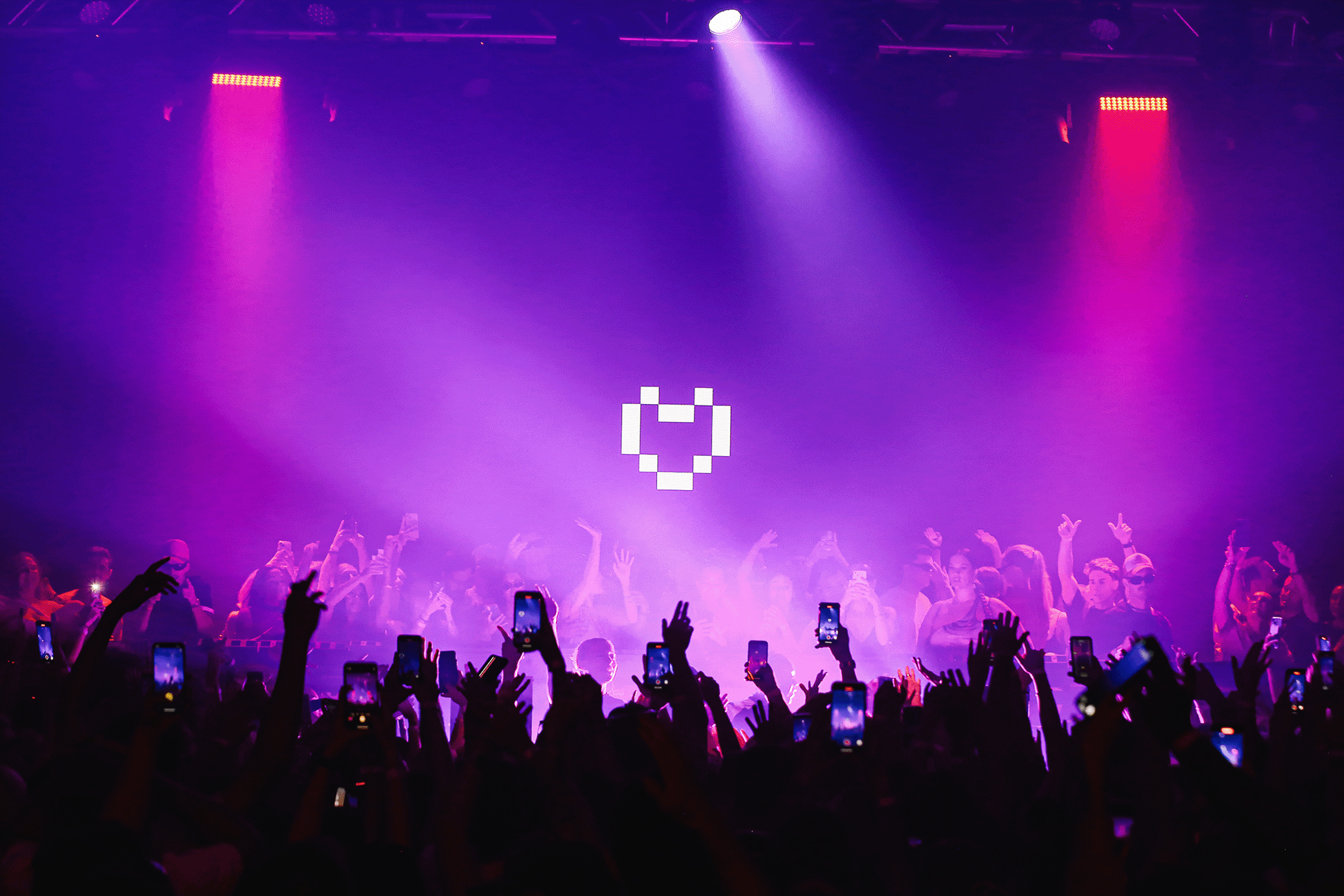 INTERVIEWS
INTERVIEWS
No Time: Big vision, local focus in Meanjin
No Time, formerly known as No Tomorrow, celebrates its official rebrand this weekend, and continues to challenge the idea that Meanjin/Brisbane isn't the home of larger-scale events.
When the term ‘big production’ enters the conversation, you couldn’t be blamed for assuming big brands. While the large-scale warehouse parties of decades past were initially thrown by locals, that’s growing increasingly uncommon, with big international brands regularly hosting events of that nature in venues across both Australia and Aotearoa/New Zealand.
You might not think that locals want to give it a crack anymore…
…and you might not think it’s happening in Meanjin/Brisbane.
No Time, formerly known as No Tomorrow, is a promoter hoping to prove that very notion wrong. Bringing in thousands of Meanjin locals across the city, booking locals and bringing in heavyweight international talent, No Time is vying to redefine the large-scale events of its home.
This weekend, No Tomorrow officially relaunches as No Time, set to take over Superordinary, an industrial open-air hangar right on the Brisbane River. To mark the change, Mixmag ANZ spoke with No Time’s founder, Josh Threapleton.
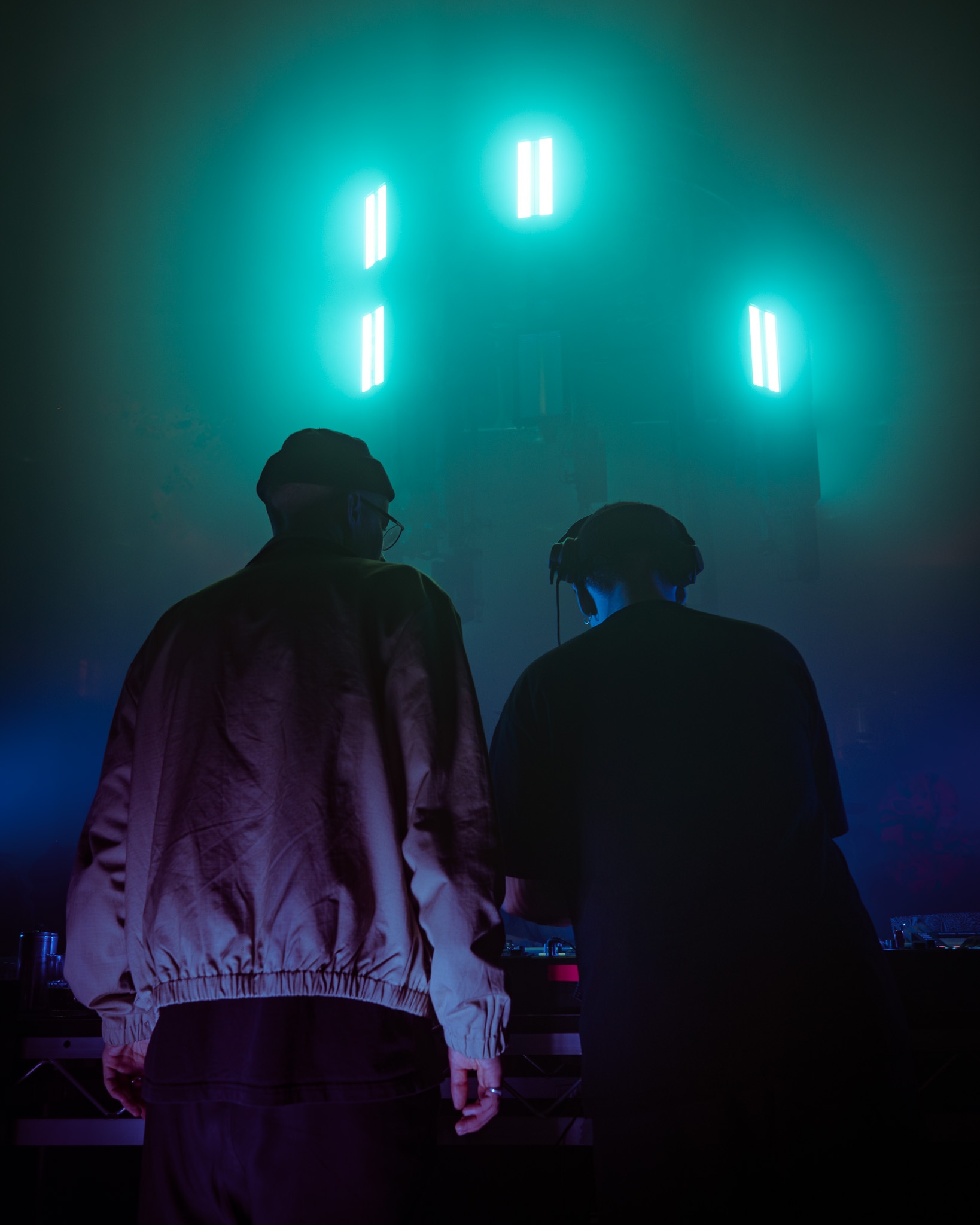
Q: Josh, thanks so much for making the time to chat. First off, I’d love to ask, what is exciting you most about the Meanjin/Brisbane scene at the moment?
JT: Thank you for taking the time. Brisbane/Meanjin and the wider region around is so exciting right now. It has been ringing for years, and now the dance music world is finally answering its call. That spotlight is allowing all kinds of new expressions of electronic music to come up with it.
Q: I’ve seen that No Time has seen almost 20,000 attendees at events over its last two seasons. I feel that Brisbane is often overlooked as a hub for dance music. Why do you think that is?
JT: We’ve always been the little sibling to Melbourne and Sydney, often dismissed as a ‘big country town.’ Maybe at times the city lacked cultural nuance: RM’s, pub footy, property has been its fabric. But a cultural wave is coming.
Q: Why do you think there’s such a huge appetite for the events that you’re putting on?
JT: We stand for something bigger than just music. We’re here to grow culture. At No Tomorrow, many didn’t even know the lineup before attending They trusted the vision, and in the process, were educated and inspired.
That movement created a community, an escape, and a crystal-clear platform to connect the world’s most pioneering artists with Brisbane’s scene. Everything was done with intention.
Q: I’d love to know what the background is behind the brand. How did you come to be organising events at this scale?
JT: My early days were spent assisting at events like the Commonwealth Games, on tasks that ChatGPT would now handle. I’d then worked my way across the sports and entertainment space in the years since, including roles at the Brisbane Heat, Cricket Australia and helping brands connect with audiences through music and sport.
Underground music culture has always been what got me going the most, so I wanted to connect my experiences in marketing and channel this into creating a cooler culture in QLD.
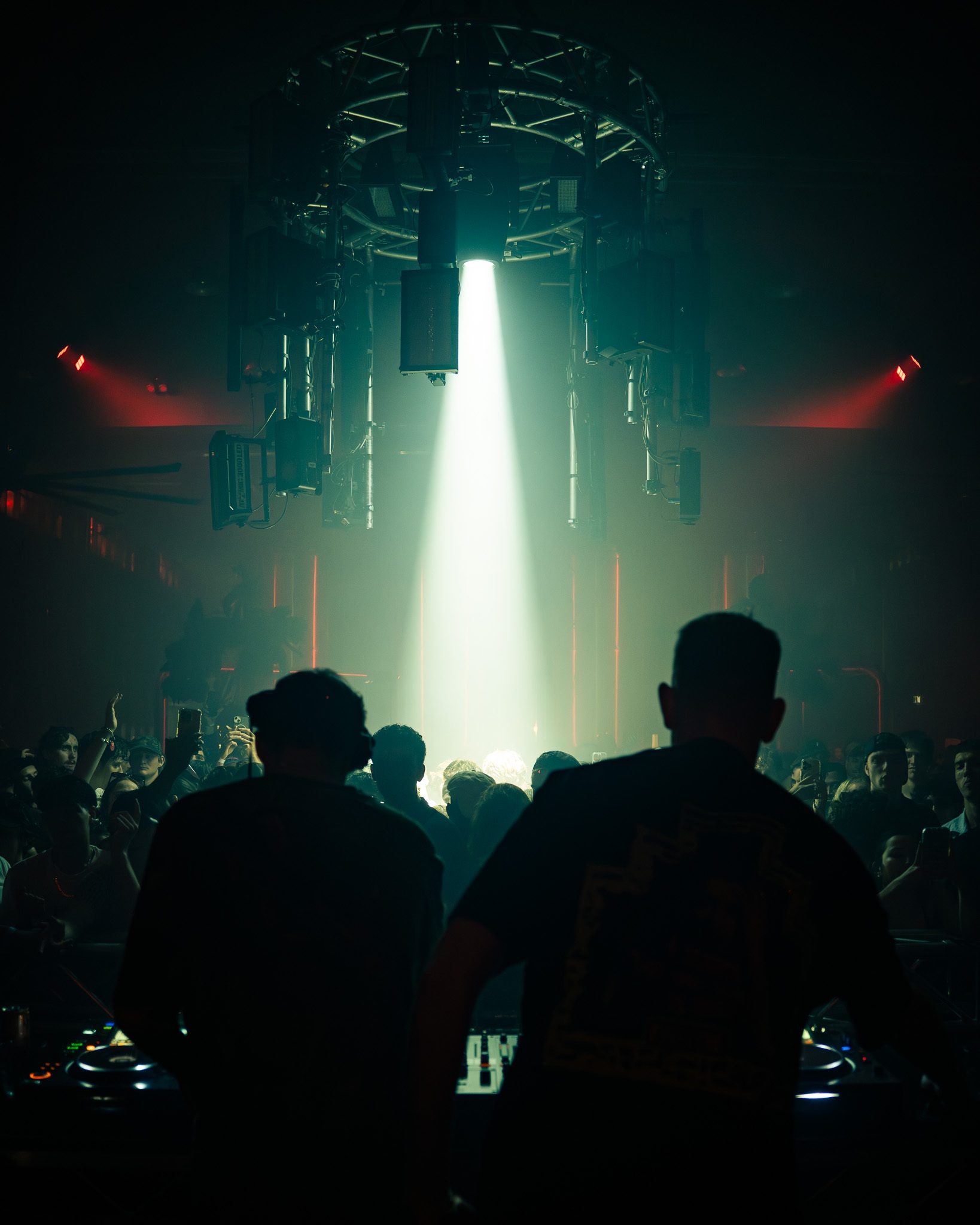
Q: Many of your gigs are taking place in quite large spaces. Do you consider them to be big? How do you balance the kind of impact your events strive for while also remaining true to the intimate experience that a smaller scene might often desire?
JT: Sometimes large spaces can feel intimate if done correctly! But yes, there are times for full-blown dance floor euphoria: like we saw with Chris Stussy, DJ Boring, or Girls Don’t Sync, and there are times for refined, slower-burning sets from acts like Carista, DVS1, Pearson Sound, and Joy Orbison.
This summer, we’re also creating intimate, cinematic experiences, featuring events designed for listening as much as dancing, such as Vegyn (Headache) and a few more to be announced.
Q: No Time is emerging at a moment where dance music has never been more commercialised or popular. How do you think punters are prioritising their time in an environment like that?
JT: Right now, dance music feels like the most significant interest of youth culture in Australia, more than any other style of music or thing in Australia. Global acts are playing their biggest headline shows here, which is wild considering our size. Punters are often driven by what’s socially proven, but also prioritise high-quality experiences. That’s what No Time is; it’s not just an event featuring viral artists, but aa vision of the future that prioritises presence, intimacy, culture, and innovation.
Q: There’s much reporting on virality when it comes to dance music. Is that something you lean into? & what risks do you think come with doing so?
JT: We’re here to make people feel cool. When we book an act that happens to also be viral, it’s because they represent innovation or creativity. And whenever we do, we pair them with underground artists to educate the new generation. Booking only viral names risks stripping dance culture of its integrity and visibility for the most groundbreaking sounds. When virality is used effectively, it helps cultivate a culture and provides a platform to push deeper, more innovative music into the spotlight.
Q: There’s a whole new generation of clubbers who are really defining crowds at bigger events. What do you think this says about where dance music is currently, and its future?
JT: When dance music first blew up, the floor turned into a sea of phones. Being seen mattered more than connecting. What excites me now is the shift: even the new generation is starting to understand that the dance floor is about freedom, community, and escape, not flexing. That’s the ethos behind No Time; there’s no time like the moment with those around you.
With dance music being so big in Australia, there’s a huge opportunity, but it also means a lot of people are arriving without much context for where this culture originated. That’s where our role comes in: to guide this new wave beyond hype, to curate experiences that educate and inspire, and to connect the history and diversity of electronic music with its future. The new generation might be defining the crowds, but it’s up to us to ensure the future is full of culture , not just bigger.
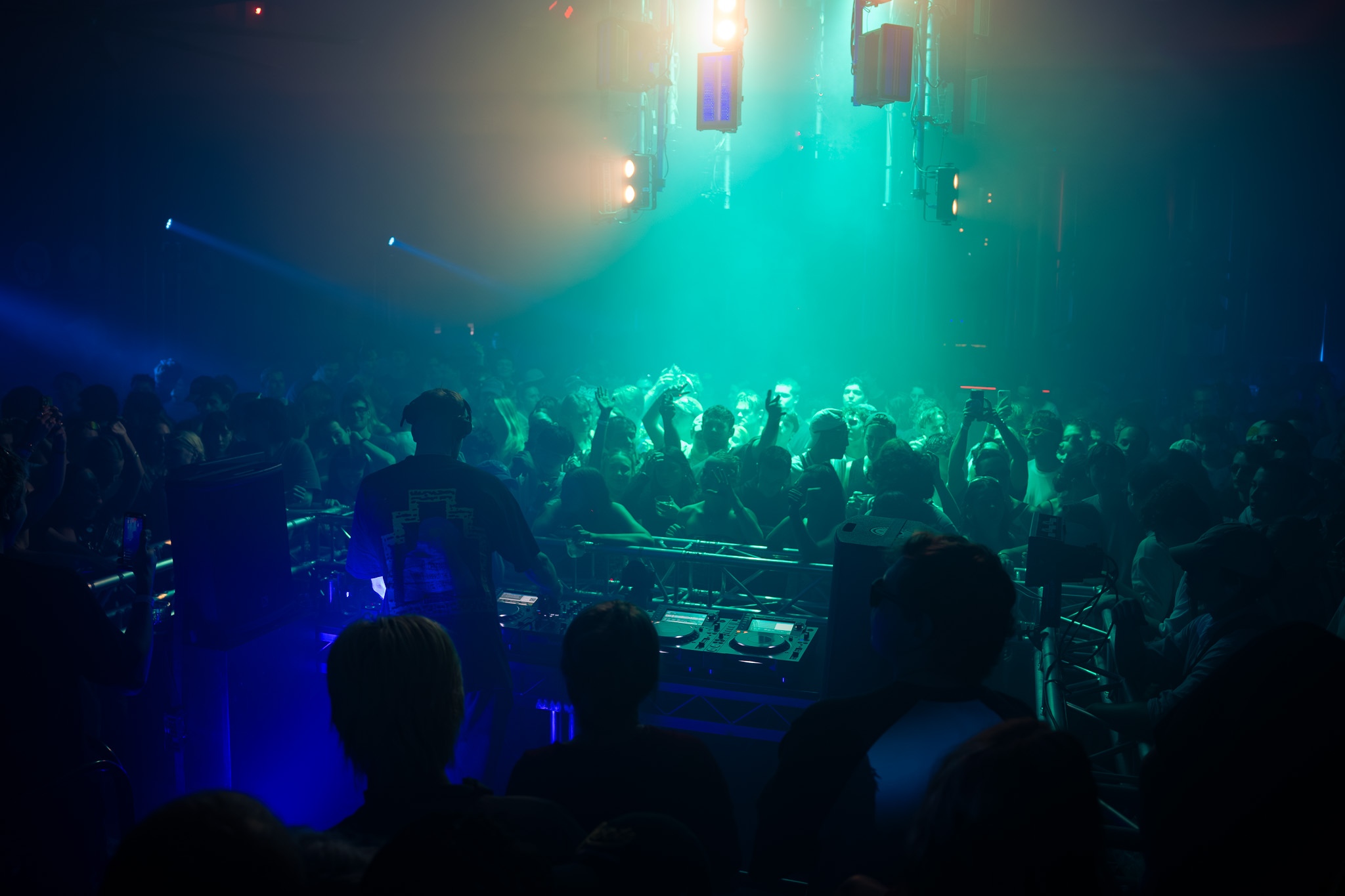
Q: You’ve regularly booked artists who are just starting. Why do you feel that this is so important to be doing?
JT: I love artists that are pushing boundaries musically, on a personal taste level, but also because some of the most incredible artists are doing what’s harder to do, and because fewer people understand it. The more we book advanced music in our scenes, the better people’s tastes will be.
Q: Diversity has, for many people, become a box to tick rather than a true intention. How do you ensure that the platform you’re providing is seen as being genuine?
JT: There’s a big difference between ticking a box and believing in it. For us, diversity isn’t a trend, it’s a standard. We use our platform to highlight underrepresented voices, inspire others in similar positions, and reflect Australia’s true diversity. Diversity sparks more creativity in the world.
Q: Meanjin is a far cry from Detroit, but I’ve seen you share how important it is to honour the roots of dance music. How do you feel that you’re doing that, & why is that so important to you?
JT: A lot of the new rave generation doesn’t know where electronic music came from. Techno was born in Detroit - the Motor City of machines and car plants! So it made sense that the music was mechanical, futuristic, and hypnotic. The pioneers Kevin Saunderson, Juan Atkins, and Derrick May laid the blueprint that today’s techno, groove, and many subgenres still draw from. A lot of people wouldn’t even know that Steel City Dance Discs nods back to the roots.
As the sound travelled, it evolved. Berlin became an epicentre after the Wall came down, with artists like Kraftwerk, Sven Väth, and later Laurent Garnier & Dixon shaping an edgy and futuristic feeling. Today, figures like Honey Dijon, Jyoty, and Shygirl continue to push culture forward in new directions. That’s the beauty of dance music: every city and every generation reinterprets it, but the roots remain.
Over the years, we’ve booked Detroit’s second wave legends like Carl Craig and Moodymann, and newer artists like DJ Holographic. I’ll never forget having dinner with Carl Craig when we hosted him — I learned even more about Detroit culture. Brisbane is a far cry from Detroit, but look at the influence of our biggest exports, X Club and Skin on Skin. Dance music will always change, but its purpose should always remain the same. Freedom, connection, and escape.
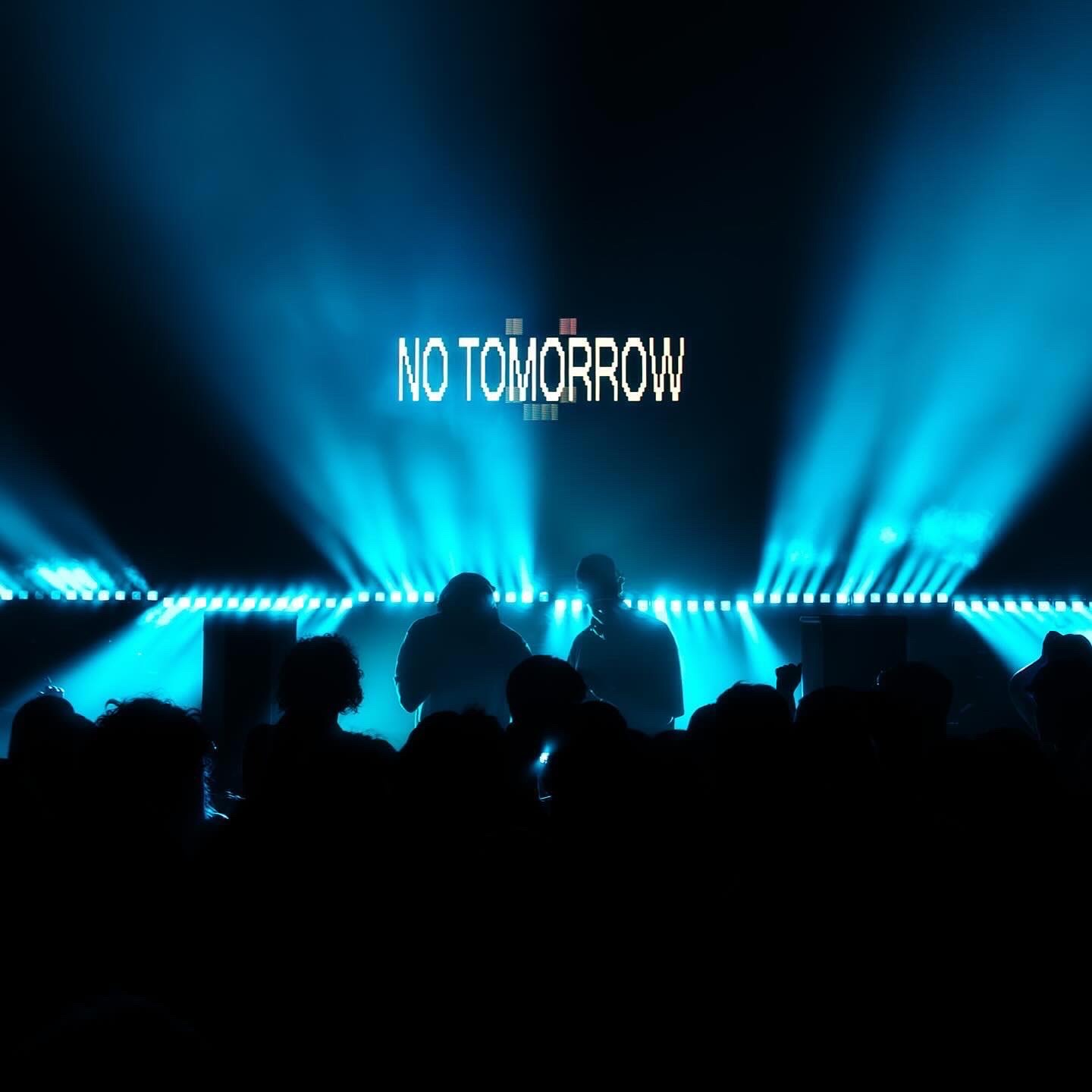
Q: You have an event this weekend at Superordinary, the Industrial Open-Air Hangar. What are you most excited about in organising that event?
JT: No Time arrives in an industrial location. A fitting representation of this chat, an ode to the roots of dance music through its industrial nature, an open-air escape that makes you feel free, and cutting-edge production and artists that inspire the future.
What excites me most is the chance to reshape how people in Brisbane experience dance music. The stage extends into the crowd, the lights and smoke transform the space, and the dance floor becomes fully interactive.
Q: What excites you most about the future of Meanjin’s scene? Where do you see it going in the next 5 years?
JT: There are so many genuine and passionate people pushing culture forward here. To name some of the ones pushing culture forward: Fem Fale, Dissent, QUIVR, Ruf Luv, Refuge to venues like Echo & Bounce, Black Bear Lodge, Stone & Wood, Warehouse 25, Little Street Studio (Gurpaal), La La Land and Felons, and projects by the Tivoli and Brisbane City.
There are so many exciting talents but to list a few: Pusky, BladeXC, Q26, Vogel and Roadw3rx are a few to watch, and culture-first promoters like Rinne Carnation, Substasis, Credits Records, Phrygia, Apparatus, Family Tree, SV4120 and Two Step are also helping to shape the next wave.
In five years’ time, Brisbane will be ready to host both more regular underground nights and major headline shows and festivals. But growth alone shouldn’t be the goal. With major corporate eyes turning to the city, our role is to guide that attention in the right direction, scaling the underground while protecting its integrity, depth, and roots. If we get it right, Meanjin will be recognised as a genuine cultural hub for dance music.


